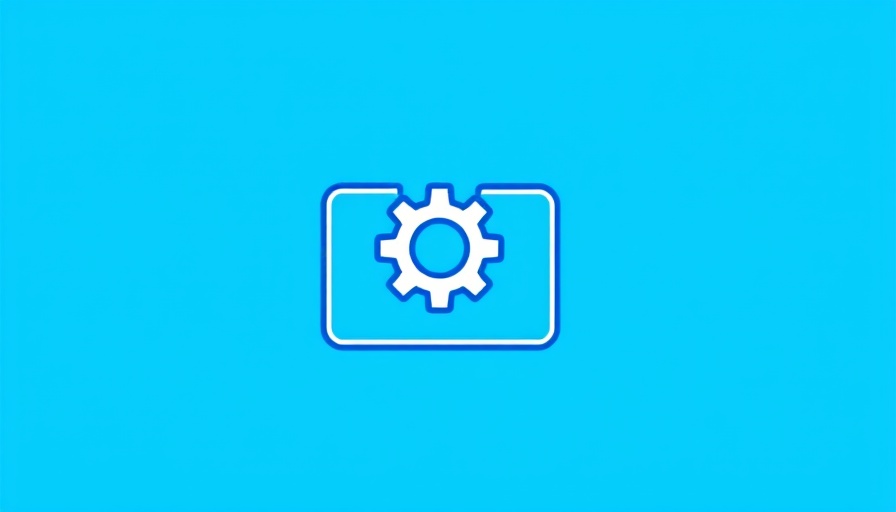
Understanding the Importance of Image Optimization
Images are the heartbeat of any website. They enhance aesthetic appeal and play a crucial role in user engagement. However, without proper optimization, they can negatively impact site performance. Studies have shown that 90% of online shoppers highlight the importance of image quality in their purchasing decisions.
A Deep Dive Into Image Formats
When it comes to image formats, not all are created equal. Common choices like JPEG, PNG, and GIF each have their advantages and disadvantages. JPEG is perfect for photographs due to its quality-to-size ratio, while PNG is better suited for images that require transparency or sharp edges. Ensuring you choose the right format can greatly influence loading times and overall user experience.
Compression Techniques: Keeping Quality High and File Size Low
Compression is essential for keeping image file sizes manageable while maintaining quality. Lossy compression reduces file size significantly while lossy compression can do wonders for speed without noticeable degradation of quality. Tools like TinyPNG or ImageOptim can automate this process, making it easier for WordPress users to streamline their site's performance.
The Role of CDNs in Image Optimization
Content Delivery Networks (CDNs) are game-changers for optimizing image delivery. By caching images on servers located closer to users, CDNs reduce the distance between the user and the data, resulting in faster load times. Utilizing a CDN not only enhances site speed but also improves reliability and availability, which are crucial for user satisfaction.
Lazy Loading: A Smart Way to Enhance Performance
Lazy loading is an approach that defers the loading of images until they are needed. This means images are loaded only when they become visible in the user's viewport. This technique can significantly enhance page load speeds and reduce unnecessary data usage, leading to a better experience for visitors.
Why Image Optimization Matters for SEO
Search engines value website performance, and page speed is a crucial ranking factor. By optimizing images, you not only enhance user experience but also ensure your site ranks higher in search results. Google has shown that faster loading times contribute to lower bounce rates and higher engagement levels, both of which are indicators of a quality website.
Best Practices for Optimizing Images on Your WordPress Site
Start with these best practices:
- Choose the right format based on the type of image.
- Use compression tools to reduce file sizes without compromising quality.
- Implement lazy loading for images that are not immediately visible.
- Leverage CDNs to enhance image delivery speed.
- Regularly audit your images to ensure optimal performance.
By following these techniques, WordPress users can create visually stunning yet performance-optimized websites.
As you embark on your journey to optimize images, remember: the more you invest in high-quality images and their delivery, the better your chances at capturing your audience's attention and driving conversions.
 Add Row
Add Row  Add
Add 




 Add Row
Add Row  Add
Add 

Write A Comment